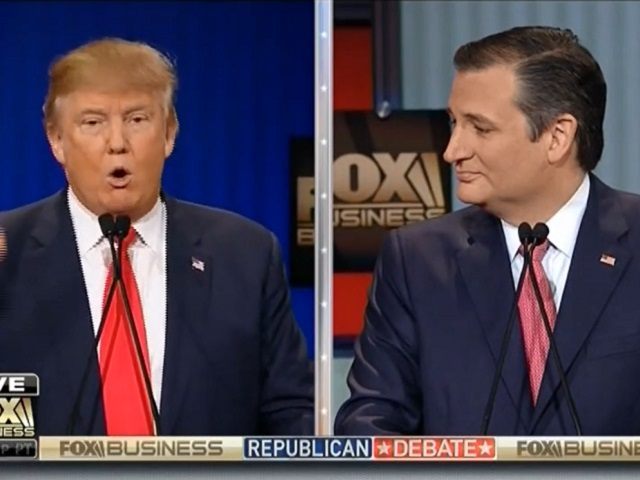The latest poll from Quinnipiac finds a statistical tie in Iowa between Donald Trump and Texas Sen. Ted Cruz ahead of the pivotal Caucus. With less than a week until the vote, Trump leads Cruz by 2 points, 31-29 percent.
Marco Rubio is a distant third, with 13 percent support. No other candidate is a factor in the race.
The race between Trump and Cruz is surprisingly static. In November, Trump also led Cruz by 2 points. Since then, each candidate has picked up 6 points of support, as other candidates have flat-lined or faded. Neurosurgeon Ben Carson has lost more than half his support since November. His former supporters seem to have split evenly between Trump and Cruz.
With the Iowa Caucus just days away, it is unsurprising that candidates are firming up their support. Almost 60 percent of Republican voters say they have made up their mind about which candidate to support. Under 40 percent say they could still change their minds.
That is an almost complete reversal of the results of Quinnipiac’s poll in November, when 58 percent of Republicans said they could still change their minds.
The economy is once again the top issue for voters. In a December poll, terrorism was the top issue impact voters’ choice of candidates. That concern has faded, as has concerns over immigration. Today, 27 percent of voters say the economy is the most important issue, higher than at any point in the last several months.
Terrorism is the second most cited issue, with 18 percent saying it is the most important consideration in the race. This is followed by foreign policy (13 percent), the federal deficit (10 percent) and immigration (9 percent).
The return of the economy as the issue foremost in voters’ minds could give Donald Trump an edge. In most other polls, Trump leads the rest of the field by a wide margin on being the candidate best equipped to handle the economy. If that sentiment holds among Iowa voters, Trump could easily eke out a win in the caucus.
The campaign in Iowa turns now to the question of turnout. Historically, around 120,000 Republicans have participated in the caucuses. The Quinnipiac poll is based on a higher turnout than normal. According to its poll, more than one-third of those voting in the caucus will be participating for the first time.
The turnout in Iowa ought to be higher than has been normal over the last two cycles. A close two-candidate race generally helps boost turnout higher. Caucuses are very different than primaries and turn even more profoundly on who specifically shows up to participate.
It is too lightly stressed that each campaign gets to make a final pitch to voters in each caucus before voting begins. Who makes this pitch in each precinct and the exact make-up of voters in each precinct has an impact that isn’t easily measured in polling.
It is worth noting that, over the years, most polling in Iowa has been very unreliable. As it stands today, the outcome of the caucus looks like a jump ball.

COMMENTS
Please let us know if you're having issues with commenting.